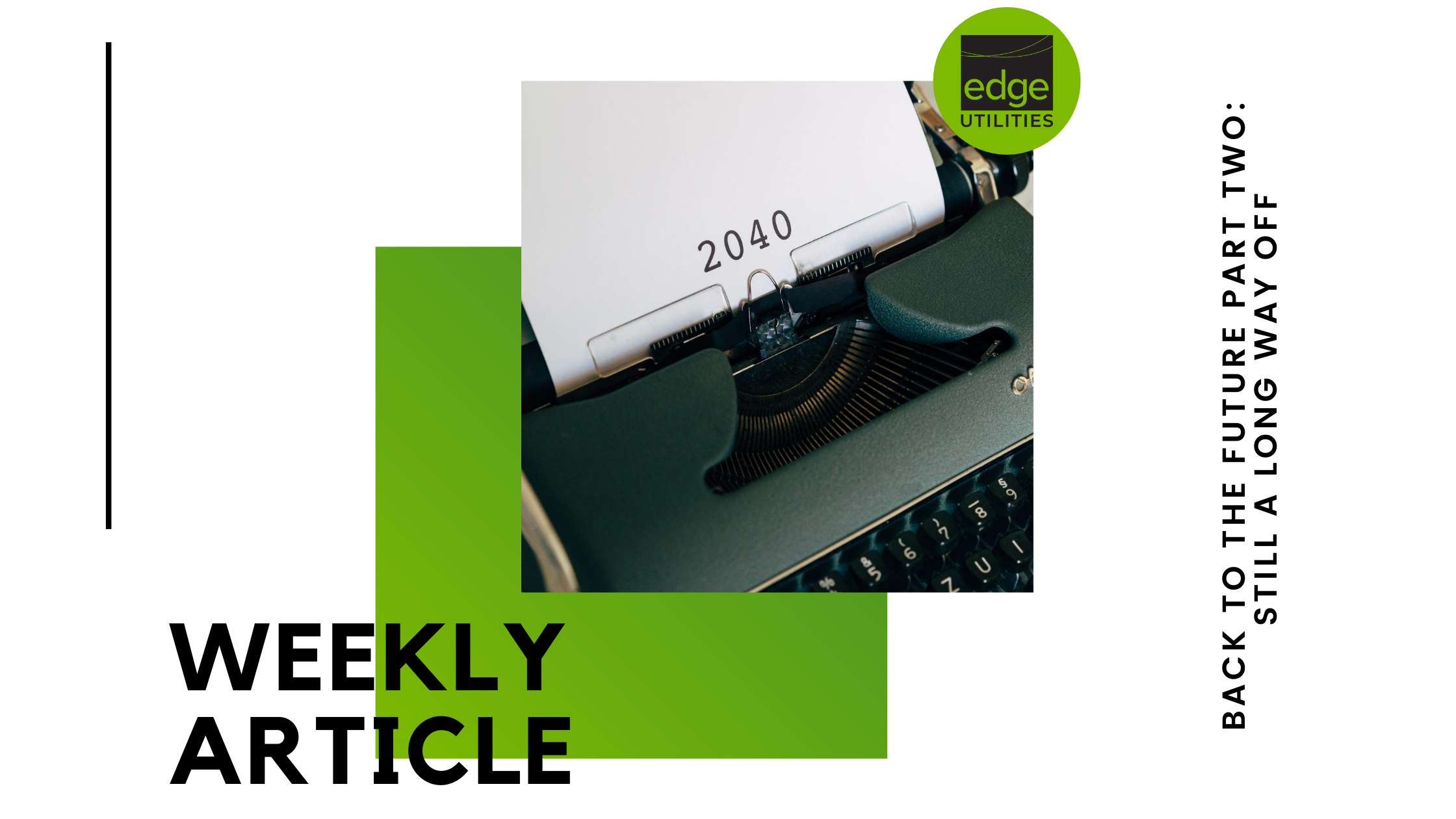As seen in recent reports published by Australian Energy Market Operator (AEMO), which include the Electricity Statement of Opportunities (ESOO) and the Integrated System Plan (ISP), the outstanding trend is the rapid growth of renewables and the need to connect the generation and load in a more robust manner.
As coal is retired the replacement technologies are now Solar and Wind. This is resulting in issues such as, inertia and system strength. The network needs to be redesigned to cope with limitations, due to the lack of inertia provided by non-synchronous generation such as Solar and Wind.
AEMO, in conjunction with various Transmission Network Service Providers (TNSP) is leading the world in solving the issues associated with greater intermittent renewable generation on the network.
AEMO have launched the Global Power System Consortium (G-PST), a consortium of the six largest system operators grappling with high volumes of renewable generation and growth. The group includes:
- Australian Energy Market Operator (AEMO)
- The National Grid Electricity System Operator UK
- California Independent System Operator (CAISO)
- The Electric Reliability Council of Texas (ERCOT)
- Ireland’s System Operator (EirGrid)
- Denmark’s System Operator (Energinet)
The charter for the group is to achieve a 50 per cent cut in emissions by unlocking $10 trillion worth of investment in wind, solar and enabling technologies over the next 10 years.
Along with the lead members, 25 other system operators from around the world will participate in the G-PST. Several large research institutions will take part in the technical work, including:
- Commonwealth Scientific Industrial Research Organisation (CSIRO)
- The Fraunhofer Cluster of Excellence for Integrated Energy Systems
- National Renewable Energy Laboratory (NREL)
- Latin American Energy Organization (OLADE)
- Institute of Electrical and Electronics Engineers (IEEE)
- Electric Power Research Institute (EPRI)
- The Danish Technical University (DTU)
- ASEAN Center for Energy (ACE)
During the announcement at London’s Bloomberg New Energy Finance Summit, AEMO Chief Executive Officer, Ms Audrey Zibelman announced that, “Countries around the world are looking to pursue a path to modern low-emissions energy systems, but face significant challenges in acquiring and applying the technical knowledge needed to operate and plan rapidly transforming power systems”.
She went on to say that “The goal of G-PST is bold: to contribute to more than 50% emissions reductions of all pollutants around the world, over the next ten years, by acting as an enabler of new clean energy integration.”


